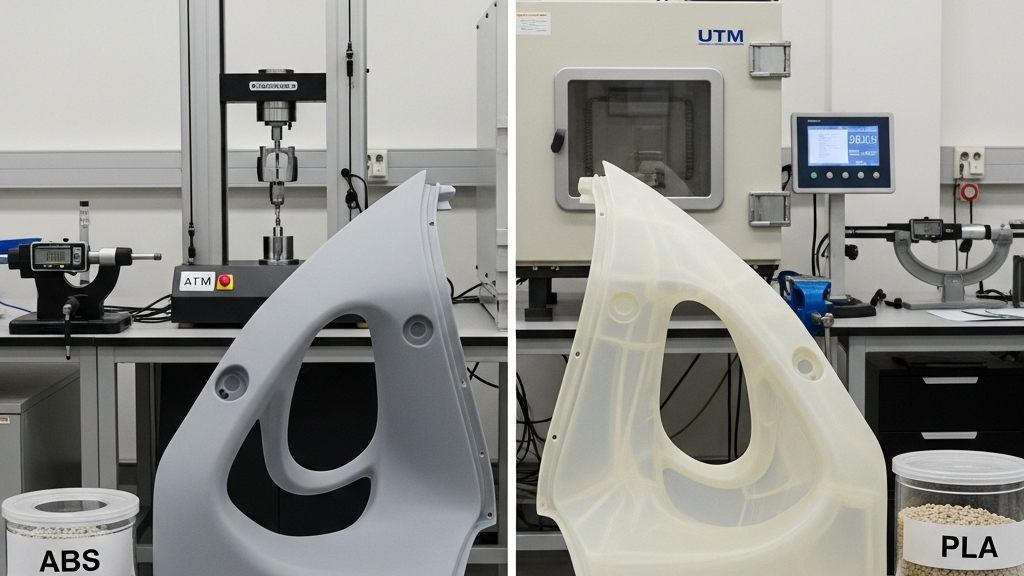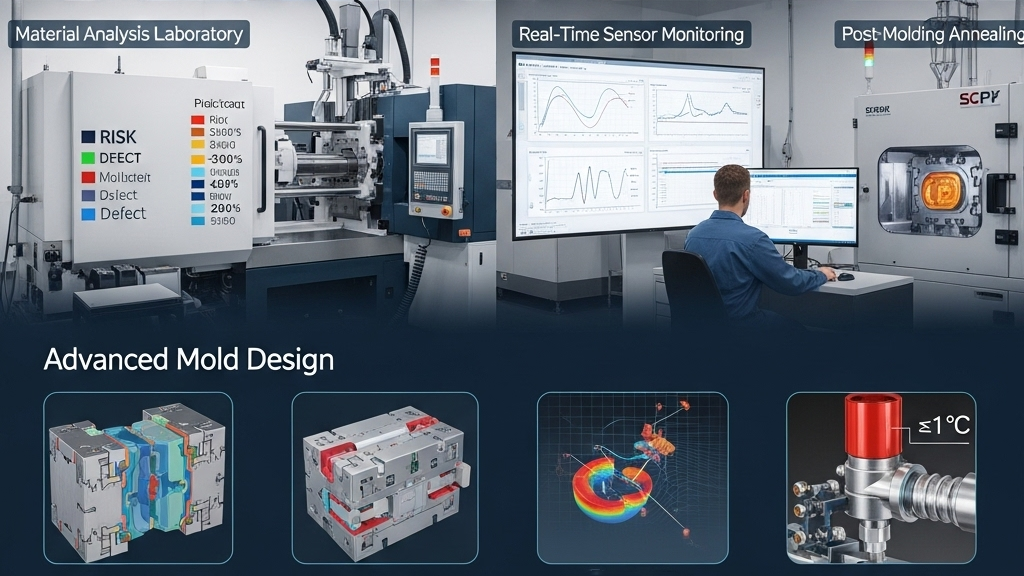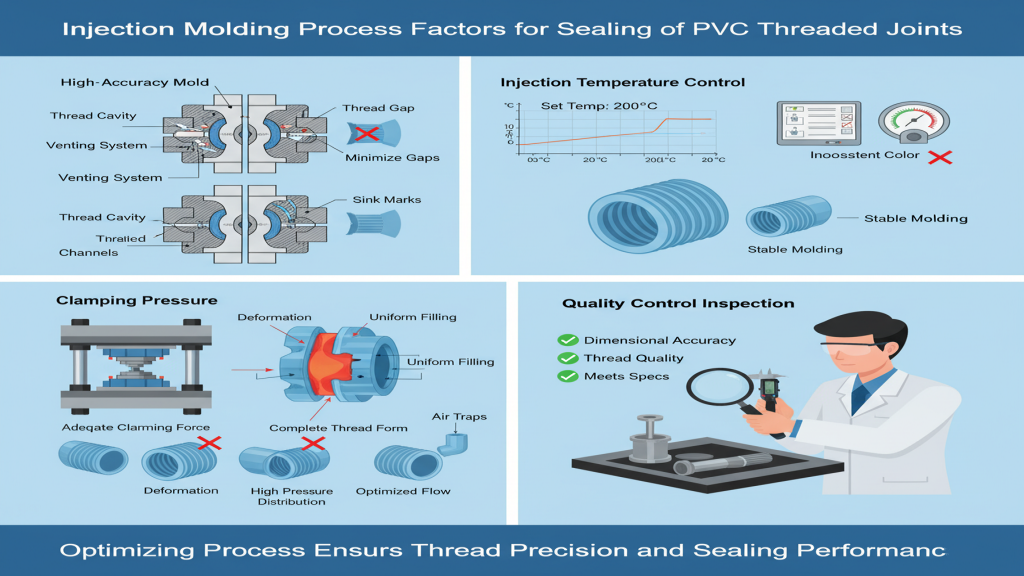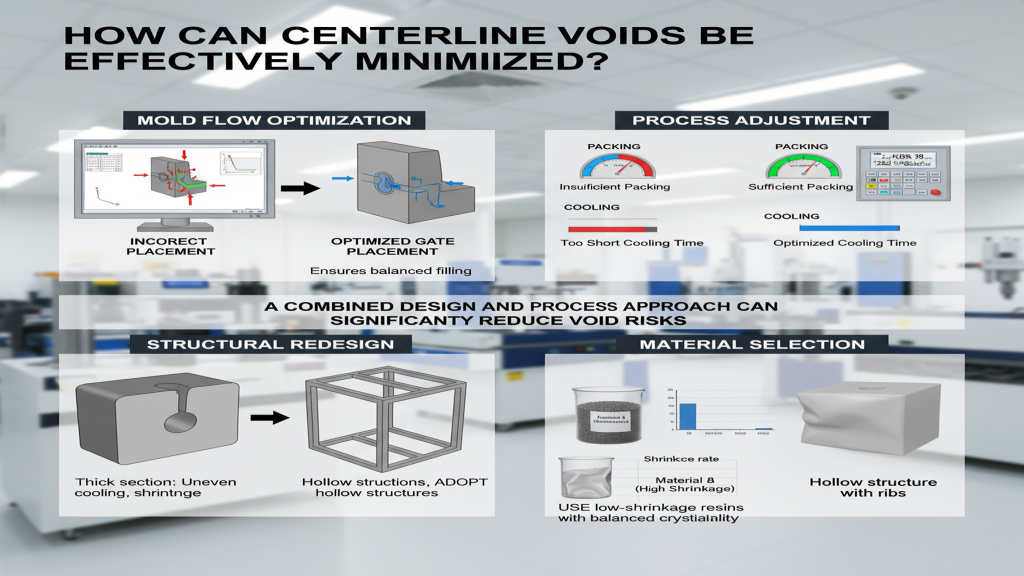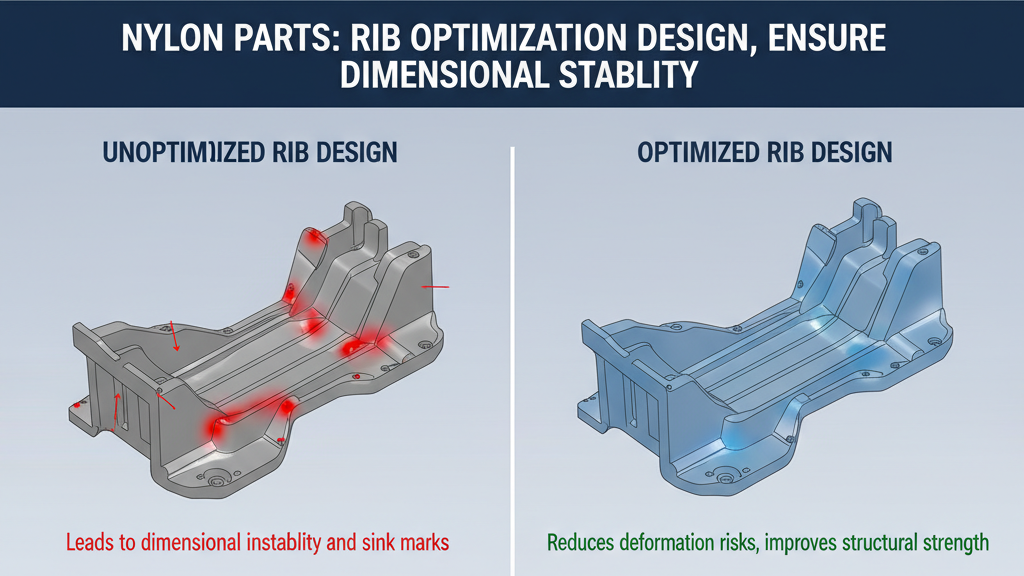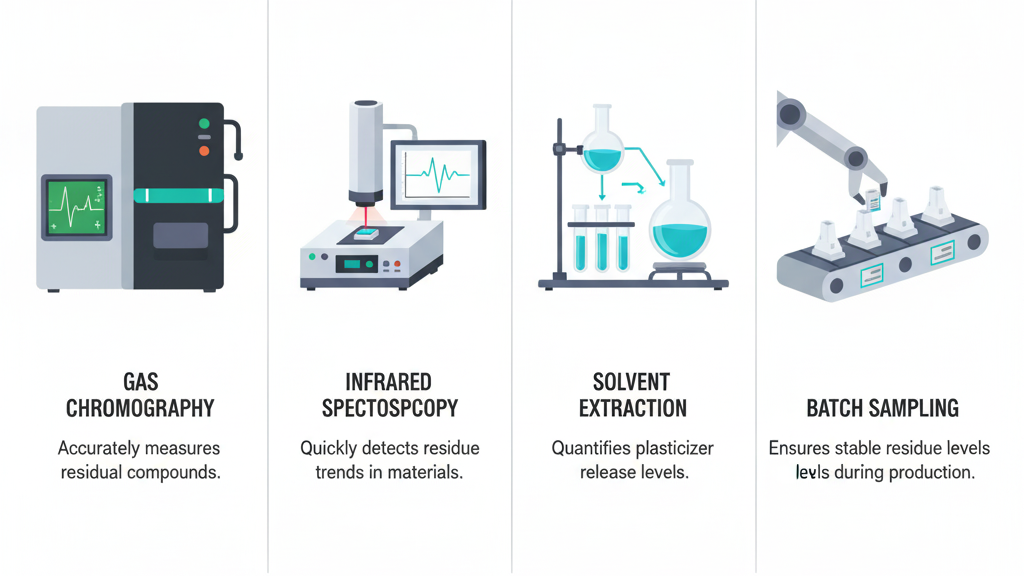
Polypropylene (PP) stands out in the plastics industry with its extensive applications. Its exceptional physical and chemical properties endow it with outstanding performance, making it excel in various fields. Its presence is almost ubiquitous, ranging from everyday items to industrial components, thanks to its unique characteristics and versatility.
The modification technologies of PP further expand its application scope. Through methods such as copolymerization and filling, we can optimize the performance of PP to adapt to more demanding environments. In the following sections, we will delve into the modification techniques of PP and its applications across different industries.
What are the unique physical and chemical properties of polypropylene?

As a widely used plastic, polypropylene (PP) stands out among materials due to its unique physical and chemical properties. From being lightweight yet strong to excellent chemical resistance, these characteristics give PP unparalleled advantages in various fields.
- Lightweight yet strong with excellent processability: Polypropylene has a low density, enabling lightweight products while maintaining good strength and rigidity. It is also easy to process and shape through various methods.
- Good heat resistance and electrical insulation: Polypropylene has a relatively high melting point, allowing it to be used in high-temperature environments. It is also an excellent electrical insulating material.
- High chemical stability and strong corrosion resistance: Polypropylene exhibits good resistance to a wide range of chemicals, making it widely applicable in the chemical industry. Additionally, it has very low water absorption, allowing stable use in humid environments.
- Relatively active chemical nature, prone to oxidative degradation: While PP is stable against most chemical media, it contains a methyl side chain, making it more susceptible to oxidative degradation under ultraviolet (UV) light and heat.
How do the properties of polypropylene translate into advantages in practical applications?

The unique physical and chemical properties of polypropylene (PP) enable it to demonstrate exceptional application advantages across numerous industries. From lightweight and durable packaging materials to high-temperature-resistant automotive components, the characteristics of PP are ingeniously transformed into strong competitive advantages in practical uses.
- Lightweight yet strong, reducing costs: The lightweight nature of polypropylene lowers weight and transportation costs in the automotive and packaging industries.
- Heat and corrosion-resistant, widely applicable: Its heat resistance and chemical corrosion resistance make it widely used in the food, medical, and chemical industries.
- Easy to process, flexible design: The processability of polypropylene allows it to adapt to various complex shapes and application requirements.
- Excellent electrical insulation, ensuring safety: The superior electrical insulation properties of polypropylene ensure the safety of electronic products in the electrical and electronics sector.
How does the modification technology of polypropylene further expand its application scope?

Although the original performance of polypropylene (PP) is already excellent, its application potential is further unlocked through modification technologies. These modifications not only enhance the physical and chemical properties of PP but also enable it to demonstrate irreplaceable value in more high-tech fields.
- Copolymerization modification improves flexibility: Through copolymerization, the flexibility, impact resistance, and low-temperature performance of polypropylene are significantly enhanced.
- Filling modification enhances rigidity and heat resistance: The addition of fillers effectively improves the rigidity, heat resistance, and dimensional stability of polypropylene.
- Reinforcement modification increases strength: The use of reinforcing materials significantly enhances the strength and rigidity of polypropylene, making it suitable for applications requiring high strength.
- Elastomer modification improves flexibility: The addition of elastomers enhances the low-temperature impact strength and flexibility of polypropylene, making it suitable for applications requiring elastic properties.
Table of polypropylene modification technology
| Modification Technique | Performance Improvement | Main Application Areas |
|---|---|---|
| Copolymer Modification | Enhanced Flexibility, Impact Resistance | Automotive Parts, Packaging Materials |
| Filler Modification | Increased Rigidity, Heat Resistance | Building Materials, Appliance Housings |
| Reinforcement Modification | Significantly Increased Strength | Automotive Structural Parts, Sports Equipment |
| Elastomer Modification | Improved Low-Temperature Impact Strength | Automotive Seals, Cable Sheaths |
The Environmental Advantages and Potential of Polypropylene
With continuous technological advancements, the environmental potential of polypropylene (PP) is further unlocked through the development of bio-based PP and the application of chemical recycling technologies, contributing significantly to sustainable development.
1.Strong recyclability, reducing resource consumption: As a thermoplastic, polypropylene can be effectively recycled and reused, reducing the demand for new raw materials and lowering resource consumption.
2.Relatively environmentally friendly production process: The production of polypropylene requires lower energy consumption and generates less waste, resulting in a relatively smaller environmental burden.
3.Stable chemical properties, reducing environmental issues: Its chemical corrosion resistance and low moisture absorption minimize environmental problems caused by material degradation.
4.Technological advancements driving environmental potential: The development of bio-based polypropylene and the application of chemical recycling technologies will further unleash its environmental potential.
Conclusion
Polypropylene (PP), as an essential thermoplastic, is widely used in industries such as automotive, packaging, medical, electronics, and household goods due to its unique physical and chemical properties, including lightweight, high strength, heat and corrosion resistance, and ease of processing.
For expert assistance in implementing for your production needs, visit our resource center or contact us. Let’s help you scale up your manufacturing with precision and efficiency!

